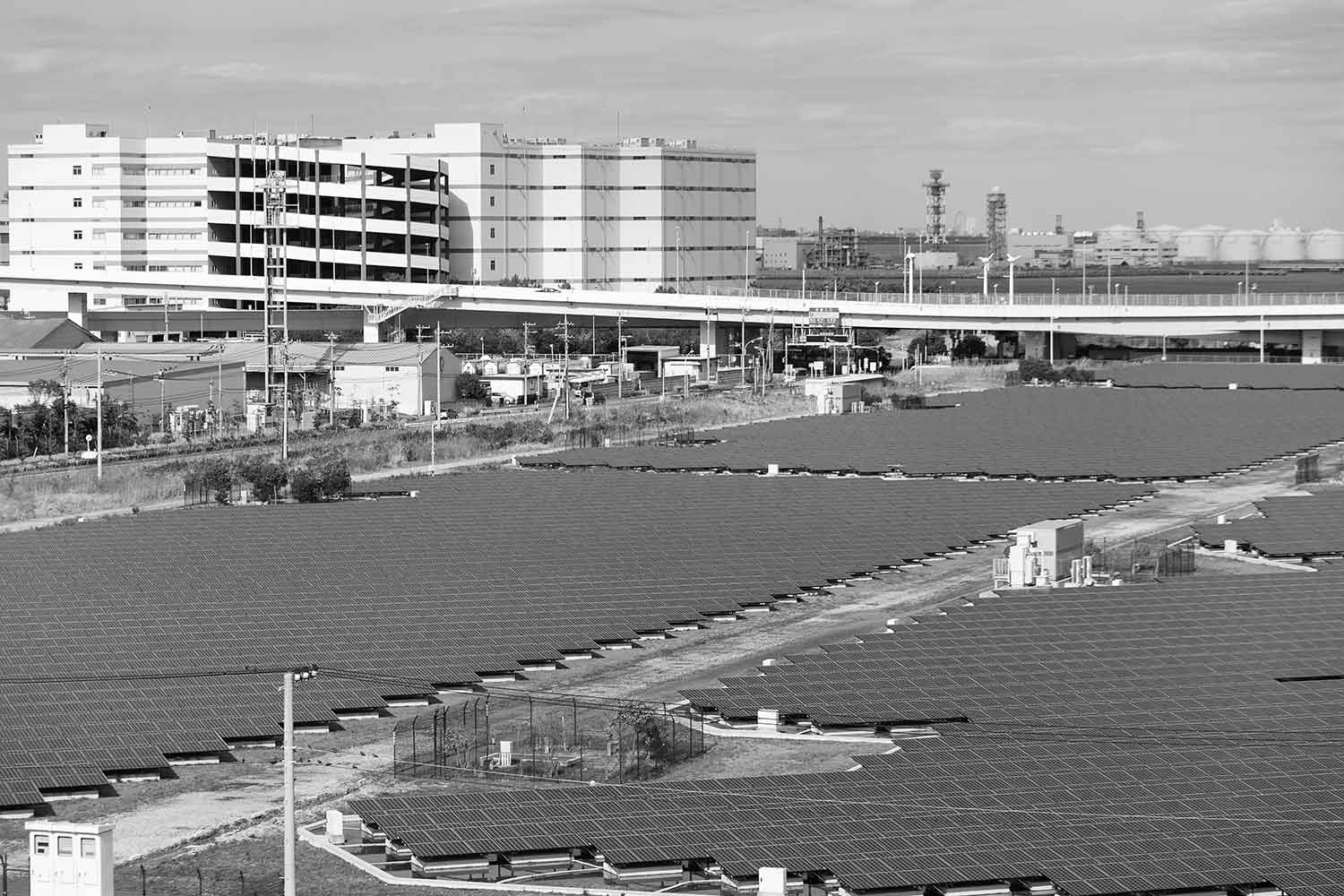
05 Nov Will A Lack Of Cybersecurity Upend Industry 4.0?
Cyber risk vs. reward
– Kumar Ritesh, founder and CEO of CYFIRMA
Singapore – Nov. 5, 2020
Industry 4.0 signifies a seismic shift in the way modern factories and industrial systems operate. They consist of large-scale integration across an entire ecosystem where data inside and outside the organization converges to create new products, predict market demands and reinvent the value chain. In Industry 4.0, we see the convergence of information technology (IT) and operational technology (OT) at scale.
Cyber Risk in Industry 4.0
The convergence of IT/OT is pushing the boundaries of conventional corporate security strategies where the focus has always been placed on protecting networks, systems, applications and processed data involving people and information. In the context of manufacturing industries with smart factories and industrial systems, robotics, sensor technology, 3D printing, augmented reality, artificial intelligence, machine learning and big data platforms work in tandem to deliver breakthrough efficiencies.
Data that is required to power Industry 4.0 is largely raw, unprocessed and unstructured; data is pumped into communication infrastructures, and computational algorithms kick in to execute various commands. When fully implemented, Industry 4.0 systems require very little human involvement to complete a predefined workflow. Mathematical models and algorithms take over to find the most efficient and effective ways to deliver the end-product or service. We call this instructional data.
The challenge in managing cyber risk in Industry 4.0 lies in protecting systems and processed data as well as instructional, communication and unprocessed data.
When systems are integrated, pathways are created where hackers can move laterally across a network and subsystems and into OT systems. This allows them to gain access to algorithms and potentially change the programming instructions and create havoc. A hacker who could successfully breach any point of this web of complex workflows would be able to conduct an illicit change of program and control logic and activate a series of exploits that can potentially bring down industries and economies. Large OT systems are therefore particularly attractive targets to cybercriminals and terrorists who are focused on corporate espionage, sabotage and creating large-scale disruption.
In a manufacturing plant, the production process itself can be a trade secret and a very lucrative target for hackers. In Industry 4.0, hackers’ interest is focused on gaining access to control systems, the discovery of assets, collection of data (processed and unprocessed) and finding specialized techniques deployed by smart factories. Thus, it is no surprise that cybercriminals’ interest in the manufacturing industry is at an all-time high, as our research has found that it ranks as the third most talked-about industry in hackers’ communities after financial and healthcare segments.
Cybercrime Radio: Kumar Ritesh, founder & CEO of CYFIRMA
DeCYFIR, a cloud-based, AI-powered cybersecurity platform
Mitigating Risk for the Hyperconnected
To successfully avert cyberattacks in the era of Industry 4.0, businesses need to address these emerging threats with a multipronged approach.
- Strategy: Cybersecurity strategies must be dynamic because Industry 4.0 is highly agile. The traditional approach in which cybersecurity strategy is looked at only during the annual audit needs to change. It is important to keep the strategy a living document and update that frequently to adjust policies and procedures as the threat landscape changes. Also, consider harnessing cyberthreat discovery to the fullest where strategic intelligence and insights can affect changes to the company’s risk registry.
- Visibility: A must-do is to have full visibility and awareness of all the devices, applications and software that are either directly plugged into the organization’s systems or remotely connected from an external third party. Mapping out the points of connection can allow security teams to understand the potential attack vectors, evaluate application weaknesses and tighten controls. It is thus important to obtain full network visibility with real-time monitoring of interconnected systems to detect any signs of a cyber breach. Proactive monitoring for threats, the discovery of anomalies, automation and orchestration of security controls, and assets visualization will continue to play important roles to mitigate the risk presented in Industry 4.0.
- Process: Another consideration to strengthen cyber posture would be to implement processes such as threat profiling, the creation of threat segmentation, network zoning and risk containerization. These processes and policies would ensure cyberthreats are managed properly. Procedures related to how data and information are collected, analyzed and disseminated must also be defined in a standard operating procedure (SOP) so various departments in the organization understand the protocol requirements and play their part to ensure data stays secure. Security controls that check for anomalies and unusual activity can also be implemented.
- Advanced Technology: To counter cyberthreats targeting enterprises that are embarking on Industry 4.0 transformation, we can consider using advanced algorithms with neuro-linguistic programming (NLP) where machines can learn language and behavioral patterns to achieve specific outcomes. This means cybersecurity controls can be intelligence-centric and adapt accordingly to handle threats by understanding hackers’ profiles, histories and attack methods.
- Defending the Edge: Millions of industrial sensors are deployed to collect data across the ecosystem. These devices reside at the edge of the network (usually geographically dispersed), run on heterogeneous networks and are not easily accessible for maintenance and support. These conditions make edge devices vulnerable to hacking activities. To mitigate risk, ensure that software is regularly patched, vulnerability assessments are frequently conducted and networks are constantly monitored.
Businesses must weigh the risks and rewards related to having hyperconnected systems. The premise of Industry 4.0 is a frictionless and seamless exchange of data to facilitate machines and robots to work optimally. Some may view heavy security controls as counterproductive to achieving lean production lines and limiting the full potential of a completely digitized system. This is where the “risk vs. reward” conversation must take place to arrive at a governance structure that can ensure data security, corporate compliance and technology innovation can coexist and thrive.
For Industry 4.0 to successfully deliver on its promise of unprecedented efficiency and creating new markets and demands, cybersecurity cannot be relegated to an afterthought. It has to be front and center of the digital transformation process, guiding business leaders in their search for the next big thing.
– Kumar Ritesh is the Founder and CEO of CYFIRMA

Headquartered in Singapore and Tokyo, CYFIRMA is a leading threat discovery and cybersecurity platform company. Its cloud-based AI and ML-powered cyber intelligence analytics platform helps organizations proactively identify potential threats at the planningstage of cyberattacks, offers deep insights into their cyber landscape, and amplifies preparedness by keeping the organization’s cybersecurity posture up-to-date, resilient, and ready against upcoming attacks.
CYFIRMA works with many Fortune 500 companies. The company has offices and teams located in Singapore, Japan and India.




